Oshika village (大鹿村) is a small village located deep within the southern Japanese Alps. For the most part, it is off the foreign tourist radar. But don’t let that fool you, this is certainly not due to any lack of beauty!
Kabuki is a very traditional Japanese performance art, dating back to the 17th century. Featuring bright colours, dramatic dance and stylized speaking, it has been credited as the first pop culture of Japan. I would recommend the Kabuki to anyone after a taste of traditional culture, and Oshika village is the most authentic feeling place to do just that.
Kabuki has been a prominent part of Oshika for at least 300 years, according to my source. The tradition is kept up with bi-annual performances at the local shrine, once during the “golden week” (late April, early May), and again in the 3rd week of October. The children of the village study it as a culture study and do a performance too, demonstrating the attachment the village has to Kabuki.
Set at the foot of the collapsed Onishi mountain (大西山), the Onishi park serves as both a beautiful cherry blossom spot and memorial. In the 1961 the mountain collapsed, leading to the tragic death of many. This park was built in their remembrance. Here you can enjoy a picnic, have a BBQ, or even play lawn bowls. The Village also holds events such as fireworks and craft markets here.
I think the cherry blossoms at Onishi park are some of the best in Japan, not only because you aren’t swamped in crowds, but also because they are plentiful and extremely vibrant.
Oshika village also hosts two onsen, with overnight or day visit options. Yamashiokan (山塩館) is located a short walk away from the town and features very salty natural mountain water. It is said to be good for skin disease, diabetes and cuts.
Koshibu onsen (小渋温泉) is located a little further away from the village, up in the mountains. Whilst it is walk-able (about 30-45 minutes) with beautiful scenery along the way, there is also a shuttle bus service for overnight staying guests. The bath offers fantastic views over the mountains and is a top recommendation from me. The waters are said to be good for rheumatoid arthritis, muscular rheumatism, neuralgia, chronic gynecological disease and chronic dermatitis.
Oshika has a few options for food, but its best to contact the place you wish to eat at beforehand and give them a bit of heads up. The village is very small and they probably aren’t expecting visitors all that often! Of course during the Kabuki events there are many visitors and you probably don’t need to bother.
Umanjou doubles as an Inn and udon restaurant. It is open daily except Tuesdays from 11 to 2. The building is very traditional and you can eat at a table or on tatami, or overlooking the garden which itself overlooks the village. It’s the best place for lunch in Oshika!
Oshika village’s main attraction for tourism is, besides the Kabuki that it serves as an entrance to the south Japanese Alps. Many of the famous Japanese mountains, such as Mount. Shiomidake and Kita-dake can be accessed through Oshika village. Aside from hiking though, the village is just so beautiful that simply walking around will present you with many wonderful sights, and there are set walking routes written and signed up too.
The tourist center provides free maps, food and souvenirs, so be sure to make it your first stop! I hope you will come to Oshika village, not only because it’s a unique experience but its beauty justifies the journey it none the less.
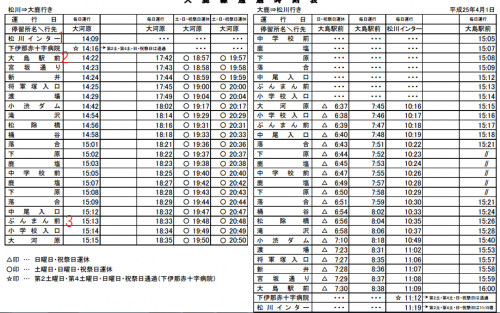
Oshika village is best accessed by bus or hire car. The schedule is not available in English, but essentially
- 1.松川インター Matsukawa highway bus stop.
- 2.– Ina Oshima train station.
- 3.- Oshika village tourist center.
Triangle* Not running on Sunday and public holiday
Circle* Not running on Saturday or Sunday.
If you would like to visit a beautiful village nested in the mountains, and even see some traditional Japanese arts, please come to Oshika village!
Information
Access
http://www.vill.ooshika.nagano.jp/index.php/download_file/view/1585/165/
Yamashiokan
Koshibu onsen
https://translate.google.com/translate?hl=en&sl=ja&u=http://www.akaishisou.com/&prev=search
Udon / Inn Umanjou
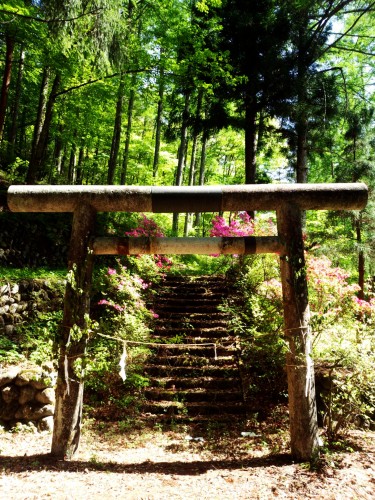
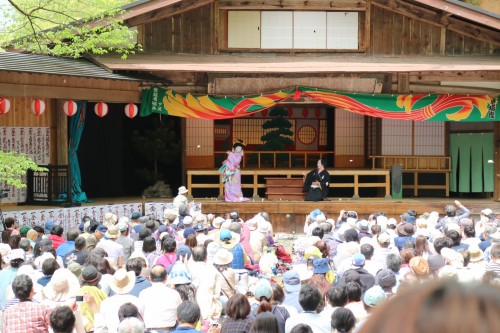
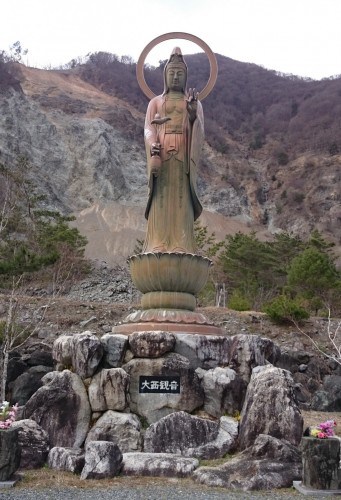
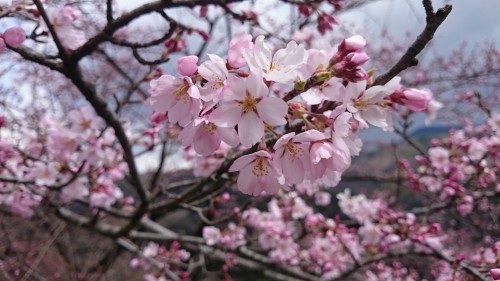
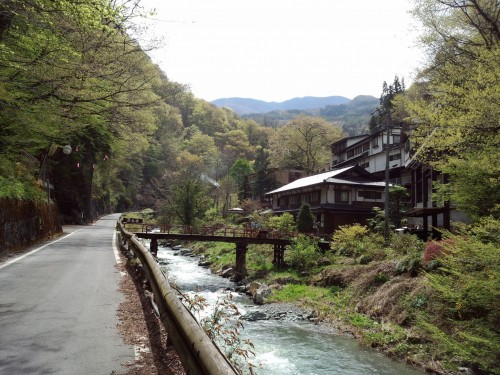
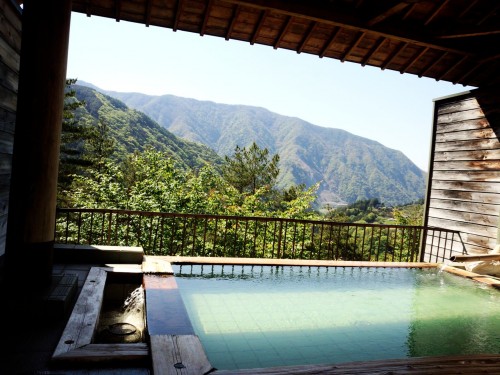
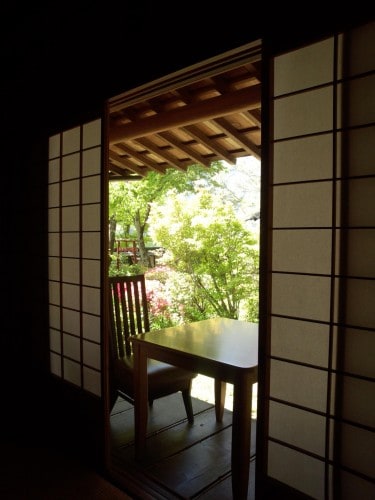
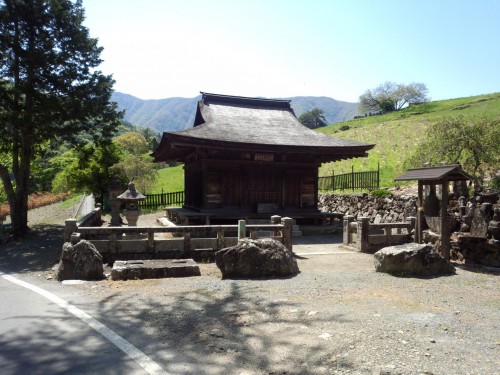
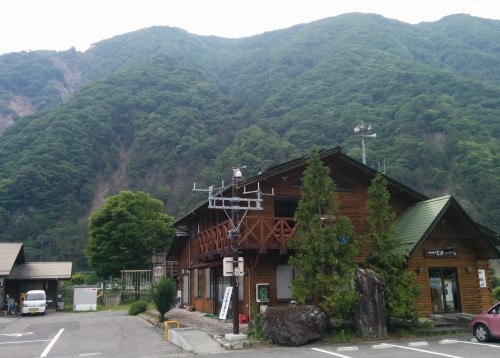
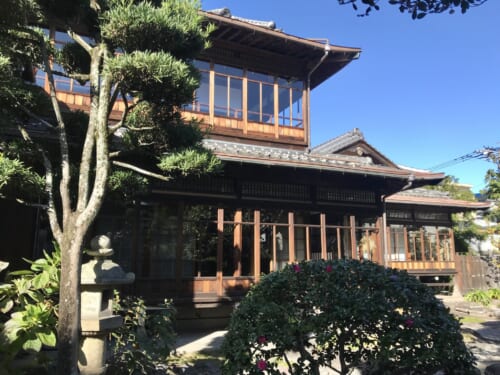
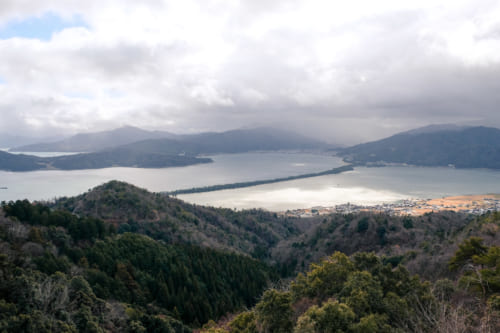
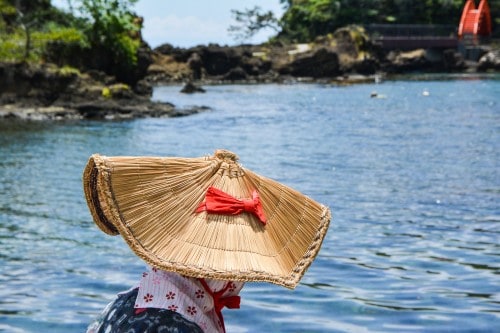
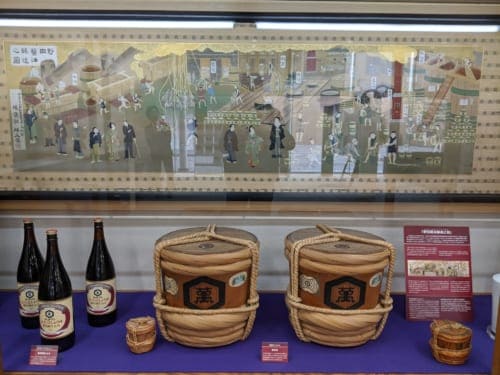
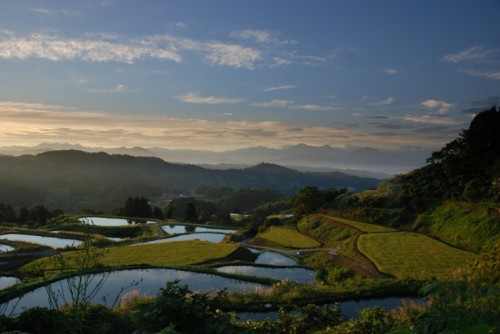


No Comments yet!